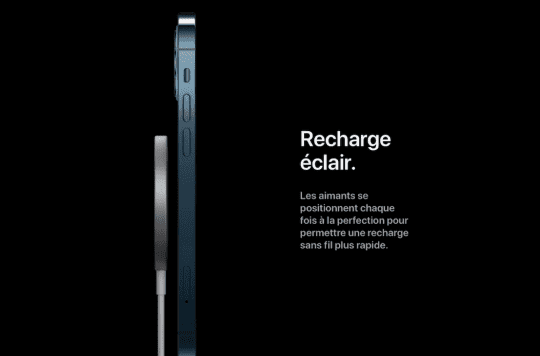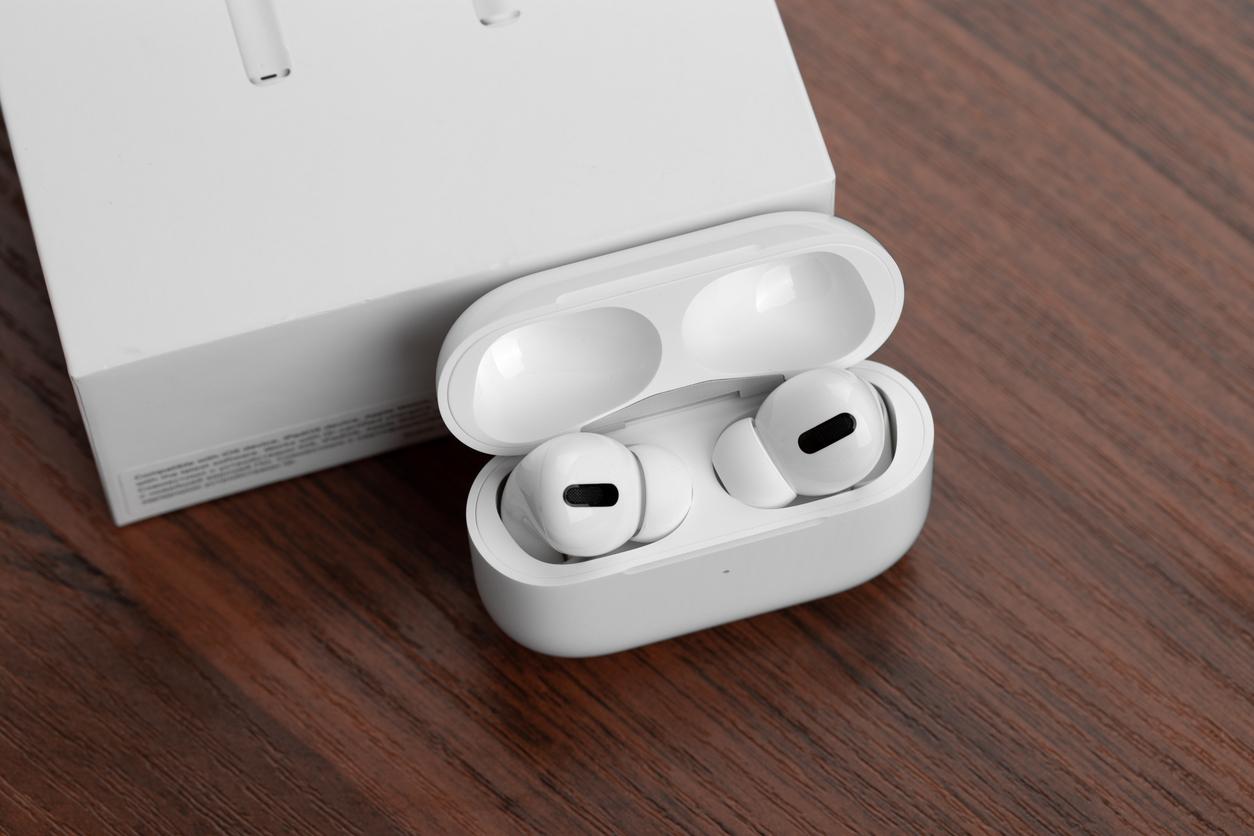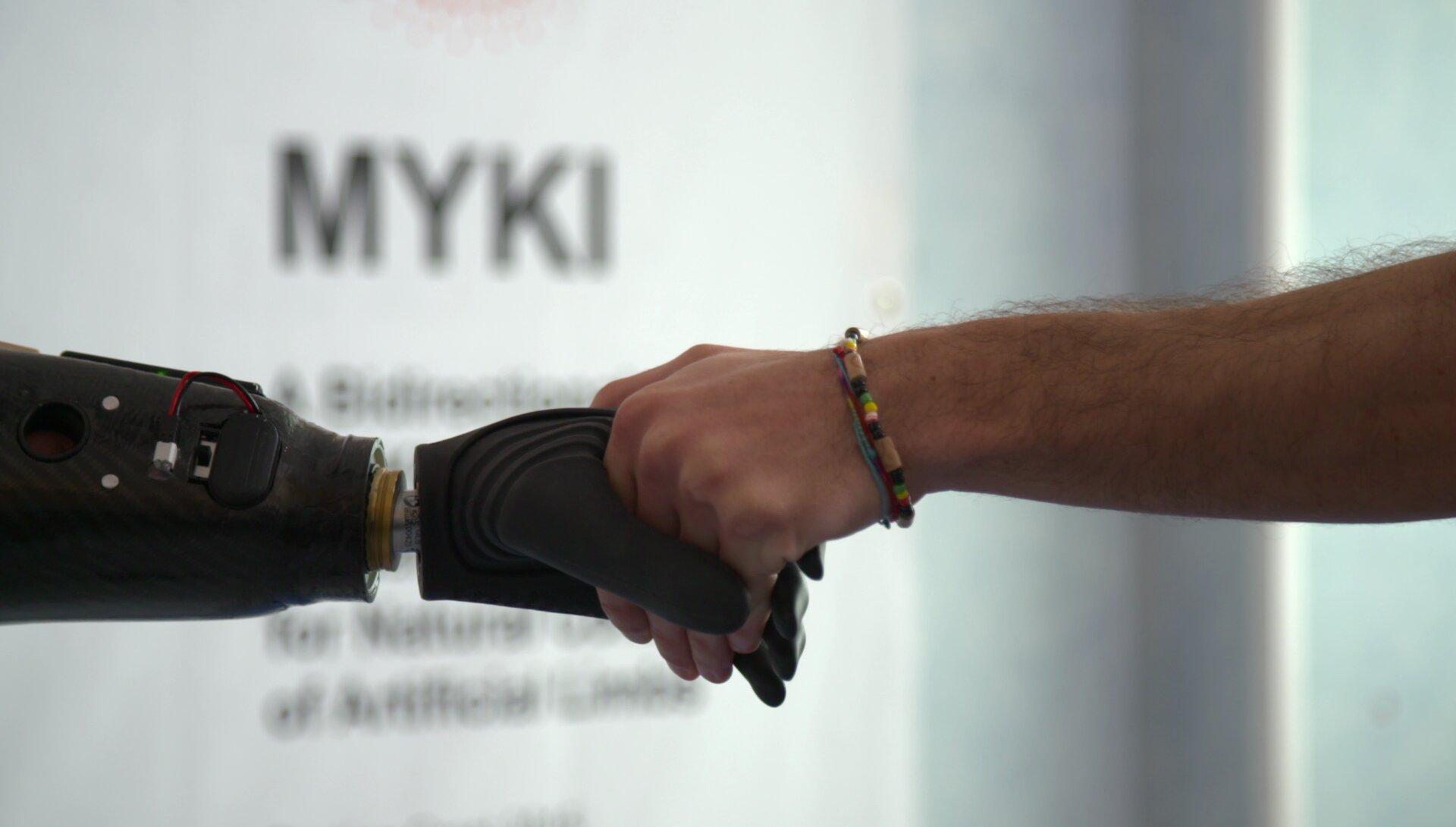Because of its MagSafe charging system, the iPhone 12 is able to suspend the activity of an implantable cardiac defibrillator when placed nearby. The permanent magnetic field produced by the phone’s magnets is strong enough to disrupt this vital device for some patients.

- The magnets present in the iPhone 12 are powerful enough to disrupt Medtronic defibrillators.
- To interact with the defibrillator, a magnetic field of 10 Gauss is required. However, that of the iPhone 12 is 16 Gauss.
- Placed near the defibrillator, an iPhone 12 is able to stop the device. The latter only restarts when the telephone is no longer nearby.
Be careful with your phone if you have a Medtronic heart device. In an article published on January 4, 2021 in the journal Heart Rhythmresearchers from Detroit (United States) indicate that cardiac defibrillators from Medtronic can be deactivated using an iPhone 12. If the researchers were interested in this model of telephone, it is because of its new charging system by induction, the MagSafe, and the magnets it contains to position the phone.
A powerful charge
In itself, the induction charging system offered by Apple is harmless. The MagSafe works with a charging coil and a ring of magnets to properly align and center the magnetic charger on the phone. The problem, at least for Medtronic’s devices, is those magnets that aid in positioning and docking.
Implantable cardioverter defibrillators are frequently used in the management of malignant ventricular arrhythmia for patients with high-risk cardiac conditions. These electronic devices, implanted in the patient’s body, have an integrated switch operating with a giant magneto-sensitive coil. These switches respond to an externally applied magnetic field. Thus, when an external magnet is near a defibrillator, the high voltage shocks supposed to treat ventricular tachycardia and ventricular fibrillation are suspended.
According to the researchers, a magnetic field greater than 10 Gauss is strong enough to activate or deactivate these switches. The problem is that the iPhone 12 has a field of 16 Gauss, which is enough to interact with the defibrillator. To find out for sure, the researchers conducted the experiment on a patient equipped with a Medtronic device. By placing the iPhone close to the relentless cardiac defibrillator, on the left side of the chest, the device immediately suspended its activity, and the effect persisted throughout the duration of the test.
Beware of magnetic devices
In their conclusions, the researchers question the potential danger of the system, especially among people who store their phone at chest level, in a shirt or jacket for example. “Contemporary studies have shown a minimal risk of electromagnetic interference with implantable cardiac defibrillators and older smartphones without a magnetic matrix. A recent case report found magnetic interference with a fitness tracker bracelet disabling an implantable cardioverter defibrillator up to distances of 2.4 cm.” It is therefore necessary to be careful with devices, both phones with magnets and connected bracelets which can also create interference.
In a press release dated October 29, 2020Apple acknowledges that “these magnets and electromagnetic fields are likely to interfere with the proper functioning of medical devices such as pacemakers and defibrillators.” The Cupertino company recommends consulting a doctor and the manufacturers of medical devices to ensure that the use of the iPhone is not dangerous to health.
.















